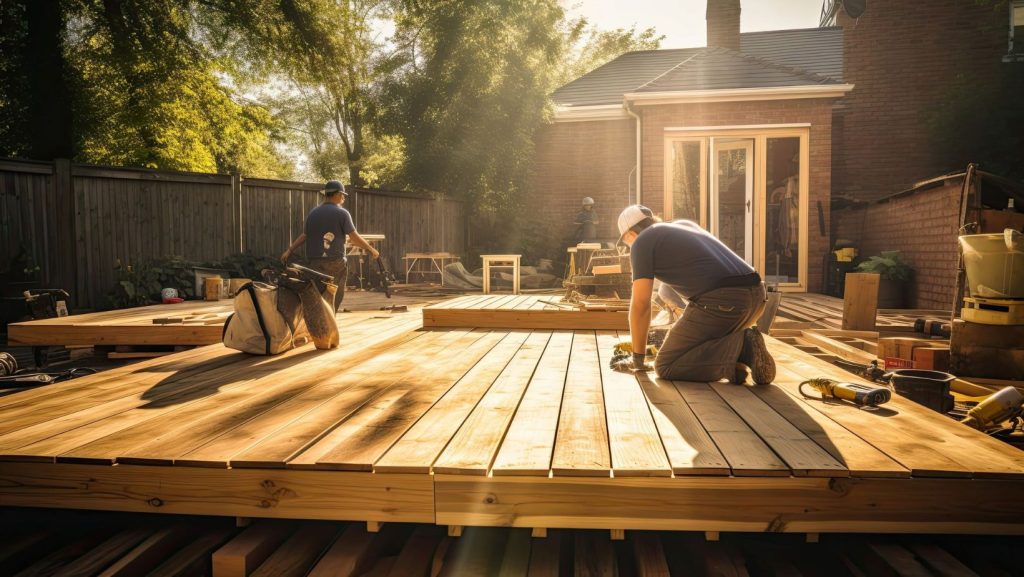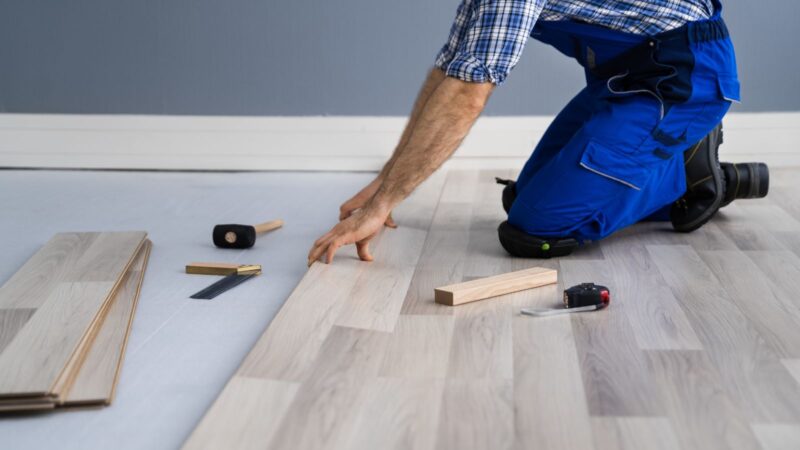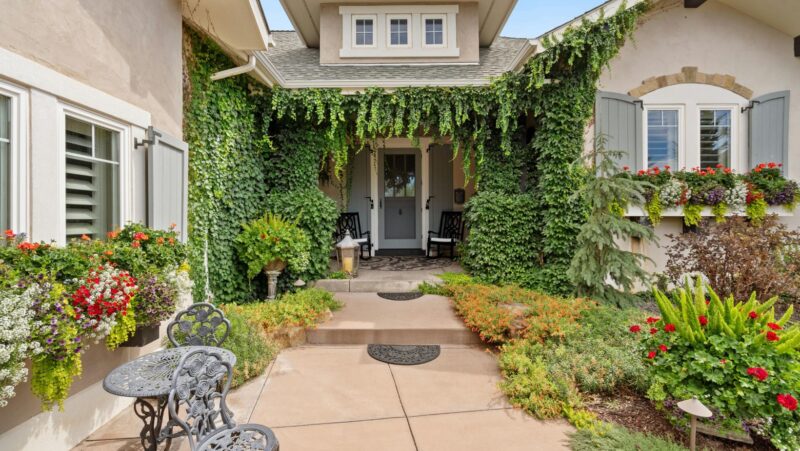
Selecting the right material for your outdoor decking is crucial to ensure durability, aesthetics, and functionality. With various options available in the market, homeowners need to consider several factors, such as climate, maintenance, cost, and personal style preferences, to make an informed decision.
This guide aims to navigate the most popular outdoor decking materials, highlighting their benefits and limitations to help you find the perfect match for your outdoor space.
Composite Decking: A Sustainable And Durable Choice
Composite decking, crafted from a mix of wood fibers and recycled plastics, stands out as an eco-friendly choice that doesn’t sacrifice durability for sustainability. This innovative material can resist common wooden deck issues such as rot, warping, and color fading, ensuring a long-lasting, attractive appearance with minimal upkeep.
Unlike traditional wood decking, which often needs regular staining, sealing, or painting to maintain its look and integrity, composite decking is virtually maintenance-free. This makes it an exceptionally appealing option for homeowners who value their time outdoors and prefer to spend it relaxing or entertaining rather than on deck maintenance tasks.
However, for those wanting to learn more about composite decking, speaking to professionals in this field or checking out reliable resources would be an excellent idea.
Natural Wood: Timeless And Traditional
Traditional wood decking is a popular choice for those who prefer a classic and natural aesthetic. Types of wood commonly used for decking include:
- Redwood and Cedar: Both are known for their natural resistance to moisture, decay, and insect infestation. They provide a rich color and a natural look that can enhance the beauty of any garden or backyard.
- Pressure-Treated Wood: This is a more economical option with a chemical treatment to resist rot, moisture, and insect damage. While more affordable, pressure-treated wood requires regular maintenance to preserve its appearance and longevity.

With this information, you can determine whether natural wood is the appropriate material for your outdoor decking.
Treated Lumber: Cost-Effective And Widely Available
Treated lumber is another practical option for decking materials. It’s typically made from pine or fir and is treated with chemicals to fend off rot, fungi, and wood-boring bugs. This material is among the most cost-effective choices and is widely available in various grades and sizes. However, like pressure-treated wood, it requires consistent upkeep to maintain its condition over time.
Aluminum: Modern And Minimalistic
Aluminum decking is a modern alternative that offers several advantages, such as:
- Durability: Aluminum is impervious to decay, won’t warp, crack, or splinter, and is highly resistant to weather and insect damage.
- Aesthetics: It comes in various finishes and can mimic the look of traditional wood or contemporary styles.
- Maintenance: This material is virtually maintenance-free and easy to clean, often needing only occasional rinsing with water.
Considering these advantages, you’ll know whether aluminum is a good outdoor decking material that will last.
Vinyl And PVC: Low Maintenance And Variety of Styles
Vinyl and PVC decking are synthetic options that offer versatility and minimal maintenance. These materials don’t contain any wood fibers, which means they resist rotting, warping, or insect infestation even more than composite materials. They’re available in a wide range of colors and textures, some of which mimic the appearance of natural wood without the associated upkeep.
Factors To Consider When Choosing Decking Material
When selecting the material for your decking, consider the following key factors:

- Climate: The local weather conditions are pivotal in determining the suitable decking material. Harsh sun, frequent rainfall, snow, or coastal air can significantly impact the longevity and performance of decking materials. For instance, wood may warp in wet climates, while composites may be more resilient.
- Durability: Assessing how long you expect your deck to endure without needing major repairs is crucial. Some materials, like composite and aluminum, offer enhanced durability and a longer lifespan compared to traditional wood.
- Maintenance: Consider the amount of effort and time you are prepared to dedicate to deck upkeep. Wood requires frequent staining and sealing, whereas materials like vinyl and composite need only occasional cleaning.
- Budget: Decking materials can vary widely in price. Selecting an option that fits your financial means while also fulfilling your other requirements is important. Cost-effective choices like pressure-treated wood offer initial savings, while composites, though pricier upfront, may provide savings over time due to lower maintenance costs.
- Aesthetics: The material should enhance your home’s overall look and feel. Decking comes in various colors, textures, and finishes, allowing you to choose one that complements your home’s exterior and landscape design.
By carefully evaluating these factors, you can select a decking material that meets your functional needs but also adds aesthetic value to your home.
Conclusion: Finding The Right Fit
Picking the right material for your outdoor decking requires you to balance factors such as durability, aesthetics, maintenance, and budget. Whether you opt for the enduring quality of composite decking, wood’s natural beauty, or aluminum’s modern touch, the best choice will depend on your specific needs and circumstances. By considering all these factors carefully, you can ensure your decking adds value, beauty, and functionality to your home for years.












